Time to publish Strange Bird Immersive‘s secret sauce. Because I don’t want it to be a secret.
The Man From Beyond: Houdini Séance Escape Room has a reputation as perhaps the most story-driven escape room out there—an escape room with a narrative so powerful that it can move you to tears. That was our goal as designers: to craft a game so grounded in a narrative reality, that it felt more like you were inside a movie than playing a game.
If you run into J. Cameron Cooper or myself—or more likely both of us—behind a conference podium, we’re probably advocating for integrating story into game play.

Story is what elevates a fun evening into a life-long memory. It’s the game-changer, if you will.
Yet story is controversial in the escape room industry. Some escape room designers report frustration—”I’ve added story, but the players never pay attention to it!” Others are convinced their players just don’t want it.
But the problem isn’t a player hatred of story-telling—who hates stories? Seriously! The problem is in the stakes of escape rooms.
THE ACTOR VS THE PADLOCK: AND THE PADLOCK WINS
People go a little mad in escape rooms. We call it “escape room brain.”
In the typical escape room, the adventure is…
- On a deadline (usually 60 minutes)
- It’s hard to do (you need to complete 100% of the tasks)
- It’s important (everyone wants to win)
These stakes are why we love escape rooms. They guarantee drama. I am addicted to the adrenaline shot of those 60 minutes, the dopamine hit when we unlock something new, and the feeling of mastery that comes with a win.
Players come to play. They’re simply not in a shut-up-and-listen frame of mind like at the movies, so story-tellers need to take a different approach.
If a designer makes something relevant and irrelevant available to the player, the player will rightly choose what they know is relevant. So when heeding story is in conflict with solving a puzzle, solving a puzzle will always win. If there’s suddenly something happening that interrupts their solving, they will not stop. This principle stands true just as much if you’re delivering backstory in a journal as if there’s an actor in the room delivering a monologue.
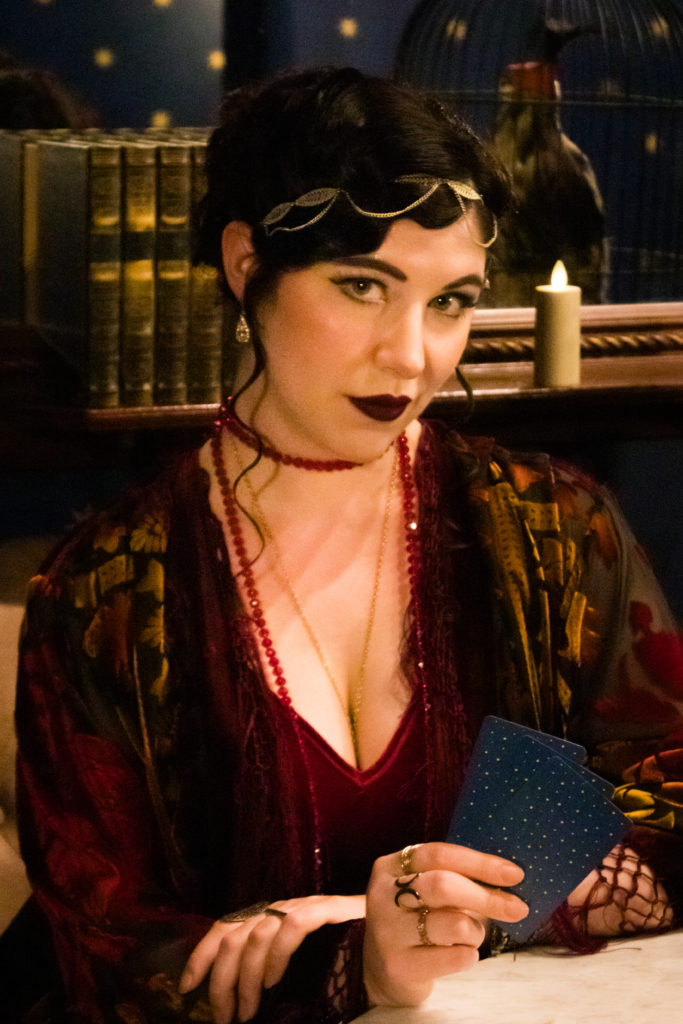
The secret sauce
The Strange Bird secret sauce is this: don’t put story and puzzles in conflict! Separate the two in the structure of your game, and then you can deliver both elements to the team’s complete satisfaction.
We call the concept “Bookends & Bottlenecks.” These are the moments in your experience when you can deliver your essential story beats: set-ups, turns, dark nights of the soul, finales. You should tell your story throughout the experience with nice-to-know beats, but Bookends & Bottlenecks are where you place every need-to-know narrative beat. The concept calls for very deliberate design. You will need to know not just the structure of your experience, but potentially make changes to the flow, so you have the appropriate space.
Let’s define our terms.
Bookends. Moments that sandwich the gameplay and happen off the clock. Bookends are your beginnings and endings. Make sure your bookends are fully inside the immersive world you’ve built (and please show, don’t tell)—or they don’t count!

Bottlenecks. When there’s only one puzzle that can be solved at that time. Every game ends in a bottleneck, and often a room (before another room opens up) also ends in a bottleneck. Bottlenecks are moments of undivided player attention: use these moments for your best puzzles, your not-to-be-missed magic, and for story-telling beats. (Bottlenecks are a useful technique outside of storytelling. I advocate using bottlenecks for your coolest effects so everyone will see them, or again, people will play over them!)

What it looks like
I’ll cover in detail how Strange Bird likes to make experience flow maps in another post, but here’s a simplified visual of bookends and bottlenecks in a 2-room, 6-puzzle experience.
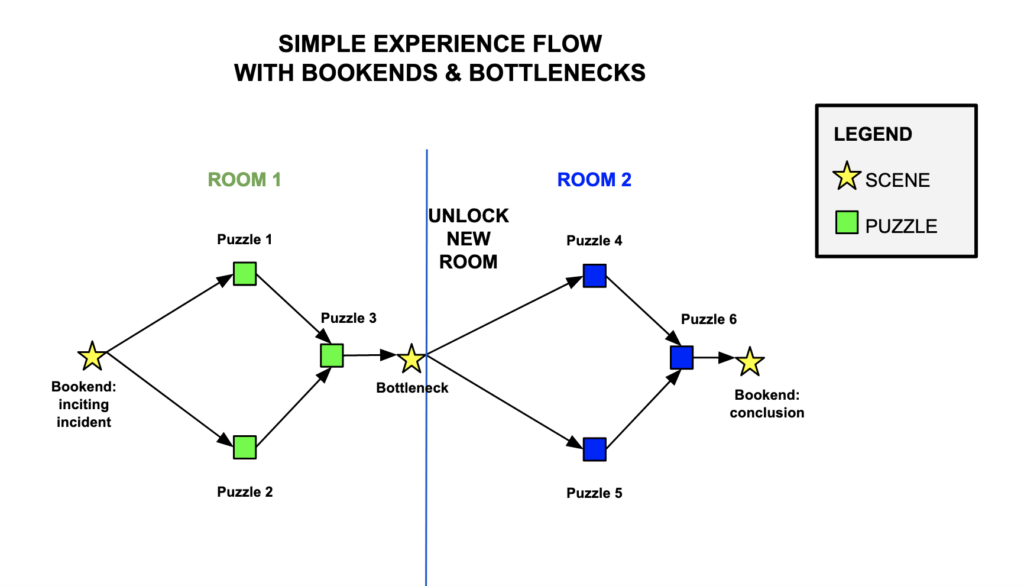
Bookends Can be longer
Every escape room has bookends. Usually the Game Master greets you, teaches you the rules, and plays a video or reads the set-up for your adventure. This is Act 1 and covers the inciting incident—what spurred you into the adventure in the first place. Then when you win, the Game Master opens the door and congratulates you, asks you about your adventure, takes a team photo (Act 5). These moments happen off the game clock, so everyone pays attention easily enough.
Note that a fair amount of your visit at the escape room is spent in these preambles and conclusions, probably 10 minutes or more on both ends.
Now imagine if you will, what happens when Act 1 and Act 5 are within your immersive world. When there are no puzzles to solve, you have full player attention. You’re already spending time on bookends. Use it in the adventure!
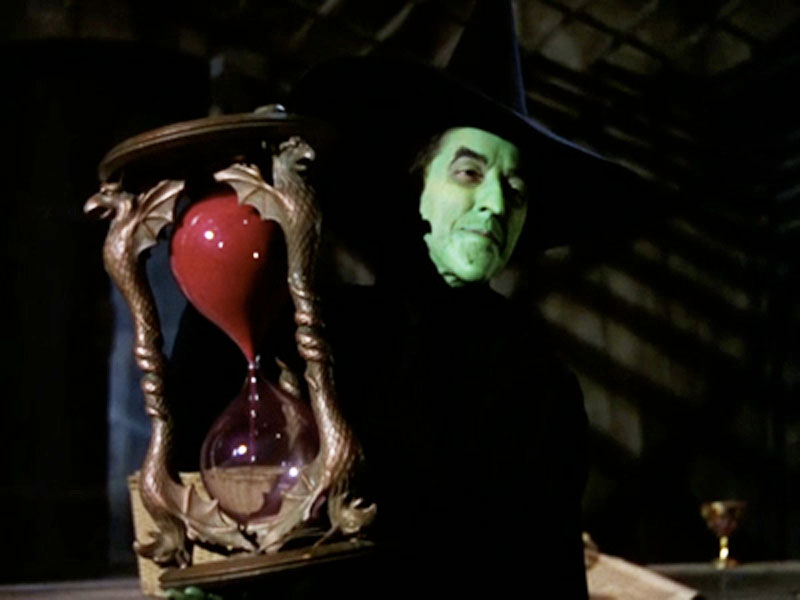
The bookends will carry most of your dedicated story minutes. Deliver an inciting incident—something surprising that spurs the players to take action. Then deliver an in-world conclusion that rewards them for their efforts. Let them see how the world is better now. You can still have your GM host them in and out, but it’ll be a richer experience when you begin and end inside the world.
Because these moments are explicitly off-the-clock, you can take your time. In The Man From Beyond, greeting at the door to start of game clock runs about 25 minutes. The conclusion runs about 15 minutes. But hey, we’re theatre people—you don’t have to indulge in time like that! You can do bookends that set-up and end the story that only last two minutes each. Or even thirty seconds. Point is: the time allotted to your bookends can vary widely and be successful at any length. Just have them!
Bottlenecks must be shorter
Designing story beats at bottlenecks is trickier. You’ll need to first identify where your bottlenecks are in your puzzle flow. Also ask the question, do the players know they are at a bottleneck? You’ll be most successful at gaining attention if the players also have a clear sense that they can’t yet advance.
Look for the moments when there’s only one puzzle available to solve, and then insert your storytelling beat, only after which, give the team the ability to advance.

The most likely bottleneck is right before the players enter a new room. Make the last puzzle unlock a story beat, then give them access to the new room.
Do not deliver a story beat at the entrance to a brand new room! I see this all the time, and even I play over it. There’s so much new stuff to explore!
You can also design bottlenecks within a room, although it’s trickier to signal to players there’s nothing more available at that moment. But it can be done (we do it).
Story beats at bottlenecks are on the game clock, so even without any puzzles available, they still make players anxious. Limit these beats to 2 minutes or less. Do not go over 2 minutes, or you will lose player attention.
Can you stop the clock at a bottleneck, so players relax? Yes, you could—our Act 4 is all scenes and gameplay outside of clock time—but remember, it’s hard to communicate anything in the middle of a game. I still wouldn’t go over 2 minutes.
Think of bottlenecks as “cut scenes.” No video gamer enjoys long cut scenes, but they also don’t want to get rid of them, either. They crave the surprise, the turn, the new stakes to the adventure.
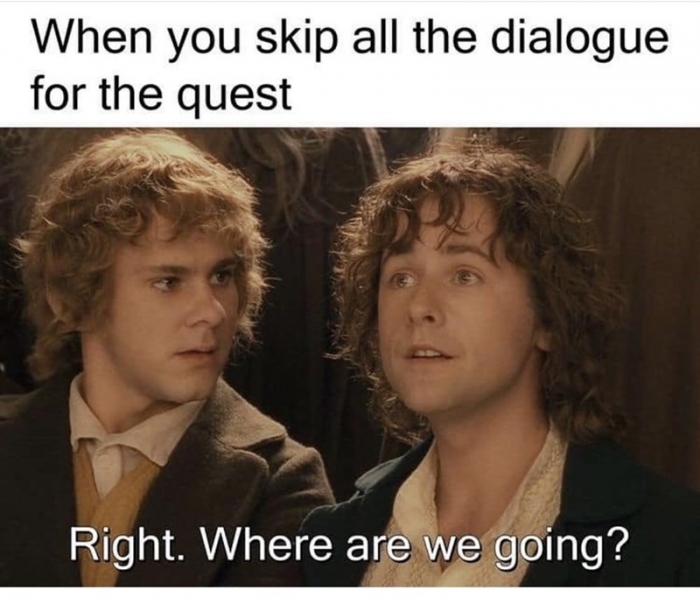
We got it wrong, we learned
We learned the “Bookends & Bottleneck” principle the hard way. While designing The Man From Beyond, the theory was in its infancy, and we did not rigorously apply the theory to every story beat. We have one moment that is not at a proper bottleneck in the game play, and naturally, some players play over it.
When we saw that behavior, we dimmed the lighting dramatically to try to drive player attention, which I am happy to report, has helped! But it’s not 100% attention like at our more rigorous bottlenecks. But lighting is one way you can patch your structure. Just don’t be surprised if someone keeps solving in the dark.

Our next game Lucidity is even more rigorously structured with Bookends & Bottlenecks. In development, when we realized we had a huge WOW puzzle on our hands that wasn’t at a bottleneck? We restructured.
Beyond Escape Rooms
This technique serves more than escape rooms. It works for any experience design where groups take different tracks or otherwise divide their attention from the story to other matters. Think about how Sleep No More funnels everyone through the same beginning and ending and also cleverly bottlenecks people at the banquet and the rave (the most essential scenes).
More
You can watch our analysis of Bookends & Bottlenecks in more detail at our conference talk at the Immersive Design Summit in 2019, “When Game and Theatre Collide.” (Bookends & Bottlenecks start at 19:30).
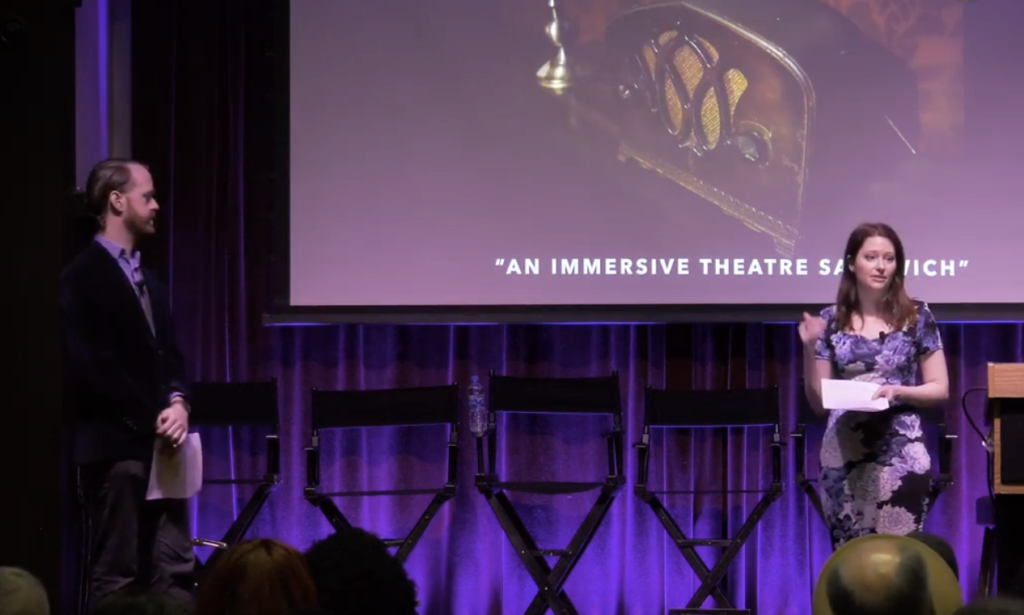
Note that the talk is full of structure spoilers. David Spira of Room Escape Artist told us to never spoil like that again, so…you’ve been warned.
I’ll revisit the B&B concept in future posts on mapping puzzle flows and in story-telling techniques (what do you do at those bookends and bottlenecks, anyway?), and probably a few other places. It’s foundational.
An immersive theatre sandwich…?
Critics have called our game “an immersive theatre sandwich,” where there’s a game in the middle, and the theatrical bookends are the bread that hold it all together. But when you consider bottlenecks, perhaps it is more like a layer cake…? Yeah, like crust is the inciting incident, the mousse layers are the beats and turns, the icing on top the conclusion, and the moist cake in-between are all the puzzles that escalate the action.

Any way you slice it, it’s a more filling experience when there’s a story. You just have to build the cake right.


